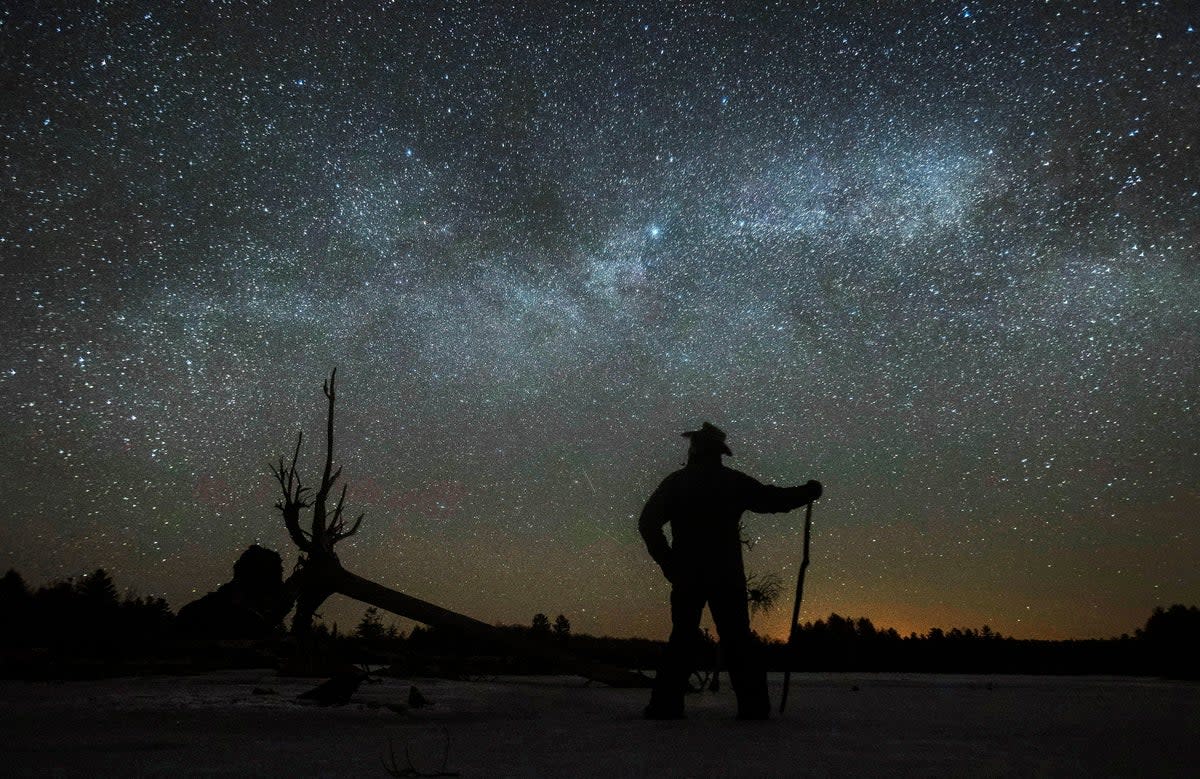New measurements suggest we are fundamentally wrong about the universe

We may be fundamentally wrong about some of the deepest parts of the universe, according to a new study.
For years, scientists have been puzzled over the “Hubble tension”. That refers to the difficulty over measuring how quickly the universe is expanding: different measurements show different speeds, and scientists have been unable to say why.
That difference may be the result of problems with measuring the speed, or it may be a consequence of a deeper issue with the physics underlying those measurements. Scientists have been puzzled over the difficulties ever since, and have struggled to work out why.
New research provides the most accurate measurement of a certain kind of star yet. And it further amplifies the tension, suggesting that our measurements are correct and that there is something deeper going on with the expansion of the universe.
“This discrepancy has a huge significance,” said Richard Anderson, from the École polytechnique fédérale de Lausanne, who led the work, in a statement. “Suppose you wanted to build a tunnel by digging into two opposite sides of a mountain.
If you’ve understood the type of rock correctly and if your calculations are correct, then the two holes you’re digging will meet in the center.
“But if they don’t, that means you’ve made a mistake – either your calculations are wrong or you’re wrong about the type of rock. That’s what’s going on with the Hubble constant.
The more confirmation we get that our calculations are accurate, the more we can conclude that the discrepancy means our understanding of the Universe is mistaken, that the Universe isn’t quite as we thought.”
As well as calling into question our understanding of the expansion of the universe, it also has consequences for other physics, such dark energy and gravity.
“It means we have to rethink the basic concepts that form the foundation of our overall understanding of physics,” said Anderson.
A paper describing the findings, ‘A 0.9% calibration of the Galactic Cepheid luminosity scale based on Gaia DR3 data of open clusters and Cepheids’, was published this week in Astronomy and Astrophysics.

